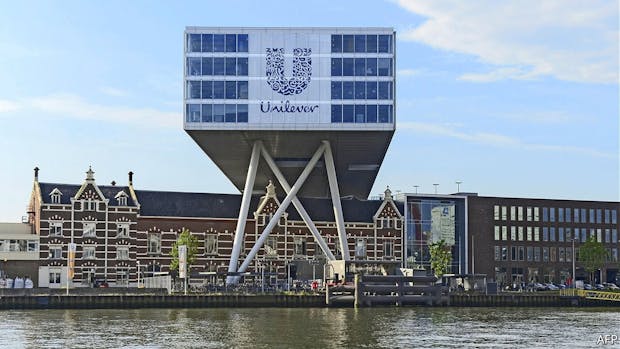HUL raises inflation red flag

HUL raises inflation red flag
HUL raises inflation red flag
it was a strange day for investors. result days are usually when stocks rocket up because of positive revenue and profit trends. but for Hindustan Unilever (HUL), it slid downwards. in fact, it continued to slide for a few days.
HUL Chairman and MD Sanjiv Mehta said the company is facing “unprecedented levels” of inflation. this statement jolted investors awake. the effect of this market is stark in its quarterly results
inflation takes a bite
HUL reported an 8.86% yearly growth in standalone net profit, at ₹2,187 crore for Q2 FY22 against ₹2,009 crore in Q2 FY21. it was also 6.11% higher sequentially, i.e., over ₹2,061 crore in Q1 FY22.
HUL’s EBITDA (Earnings Before Interest, Taxes, Depreciation, and Amortization) came in at ₹3,132 crore in the July-to-September quarter, compared to ₹2,869 crore in the year-ago period. But here’s the catch: Its EBITDA margin declined by 40 basis points to 25%. its underlying volume growth of 4% was also below market expectations.
a balancing act
the contraction in EBITDA is a particularly bad sign. it indicates shrinking profitability for the company. profitability is one of the most important factors for investors, particularly in established mega-businesses in sectors such as FMCG. this was largely due to an increase in input costs due to inflationary pressures, making raw materials more expensive. the pressures aren’t expected to lift anytime soon, meaning HUL might see its margins shrink further.
HUL managed to keep the margin at 25% using a few typical FMCG tricks: cutting pack sizes and increasing prices. a slower rise in employee costs and other expenses also contributed to stemming its contraction. another concerning observation will be the sharp fall in demand from rural users, from 12% in January-to-July to 3.5% in August and September. a further rise in input costs and passing it on to customers might see HUL lose some business to price-sensitive players such as DMart.
while the short-term earnings of the FMCG giant are likely to suffer, brokerage firms, such as Motilal Oswal, are maintaining their buy ratings on the company. the long-term future of HUL may not be as gloomy.



